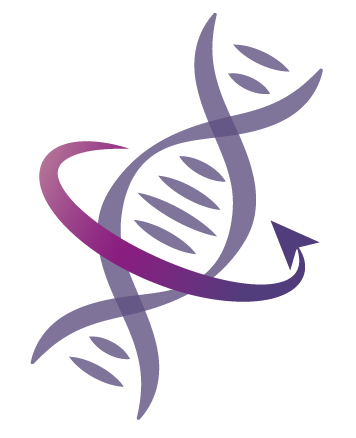Following COVID-19 vaccination, the spike protein is produced in small quantities in the body, which have not been shown to be harmful
The spike protein is a vital component for the SARS-CoV-2 virus to infect cells. As it is situated on the virus’s surface, it is an easy target for the immune system to recognize. The COVID-19 vaccines cause the body to produce a small amount of spike protein, which is cleared within days, to prompt an immune response. There is no evidence that the spike protein causes damage to cells at these levels, and there is no evidence that “detox” diets will alter this process. The risks of developing serious complications like blood clots or lung damage are far higher after severe COVID-19 than after a vaccine; in fact, vaccination helps to reduce this risk instead.
